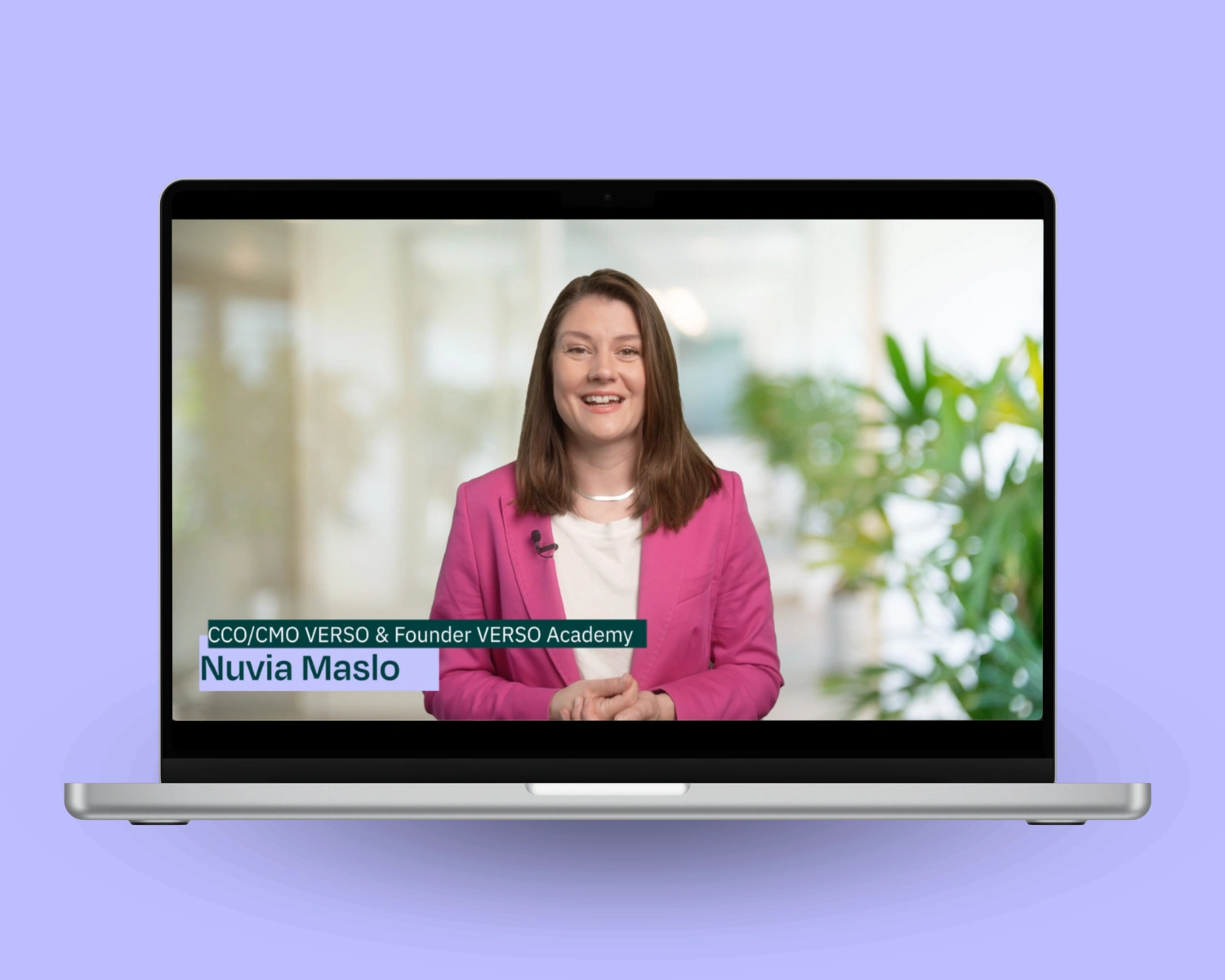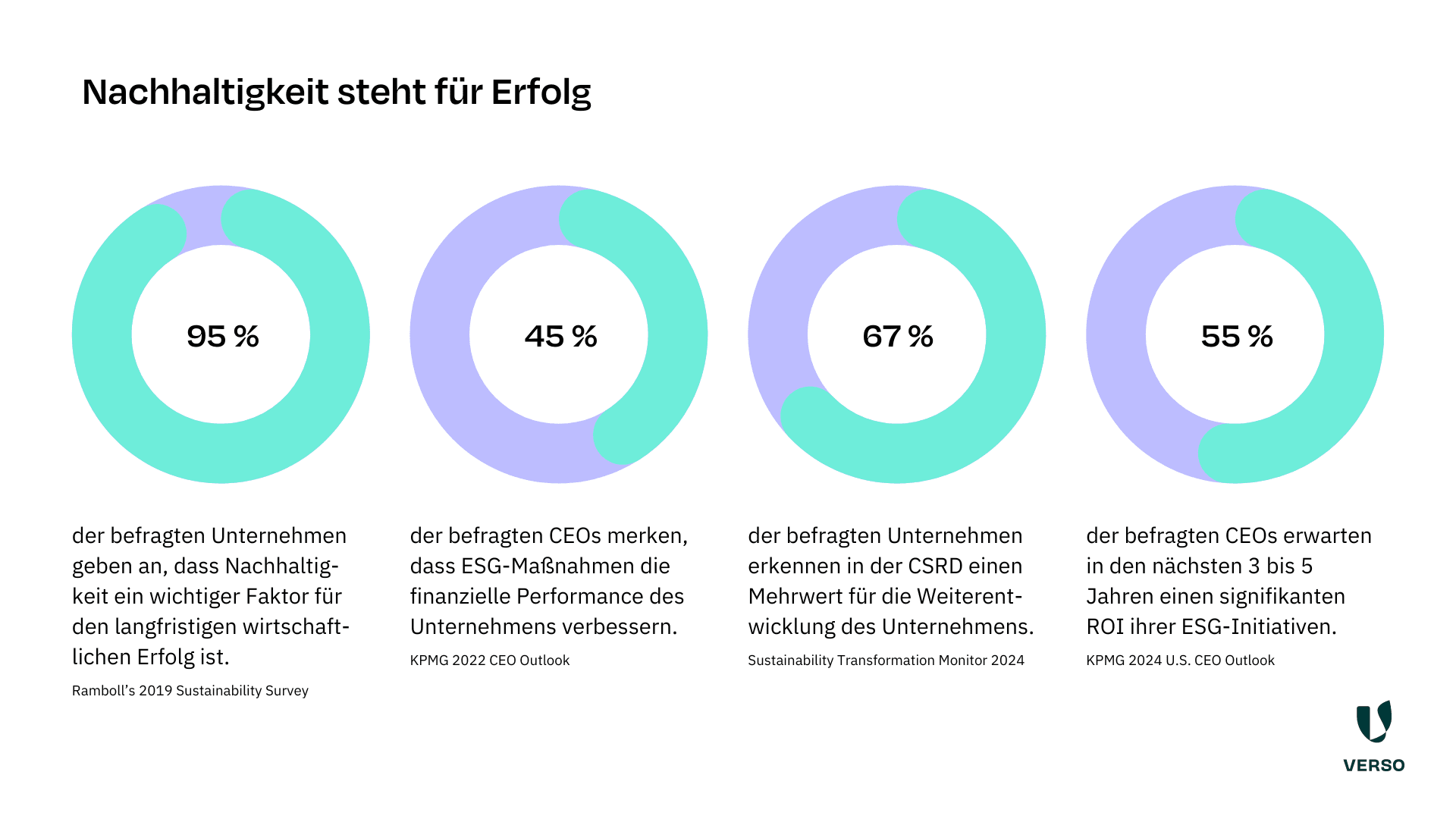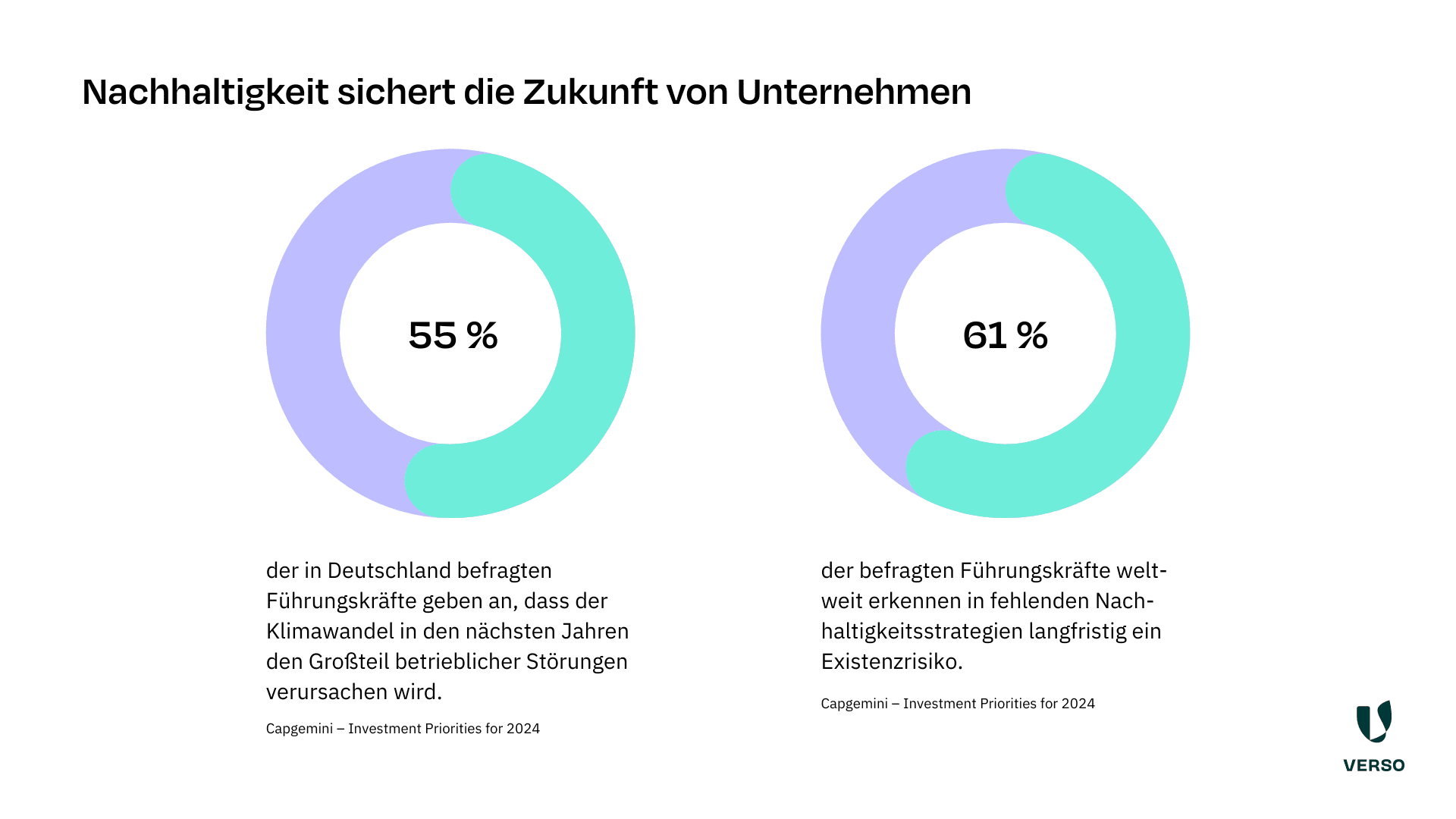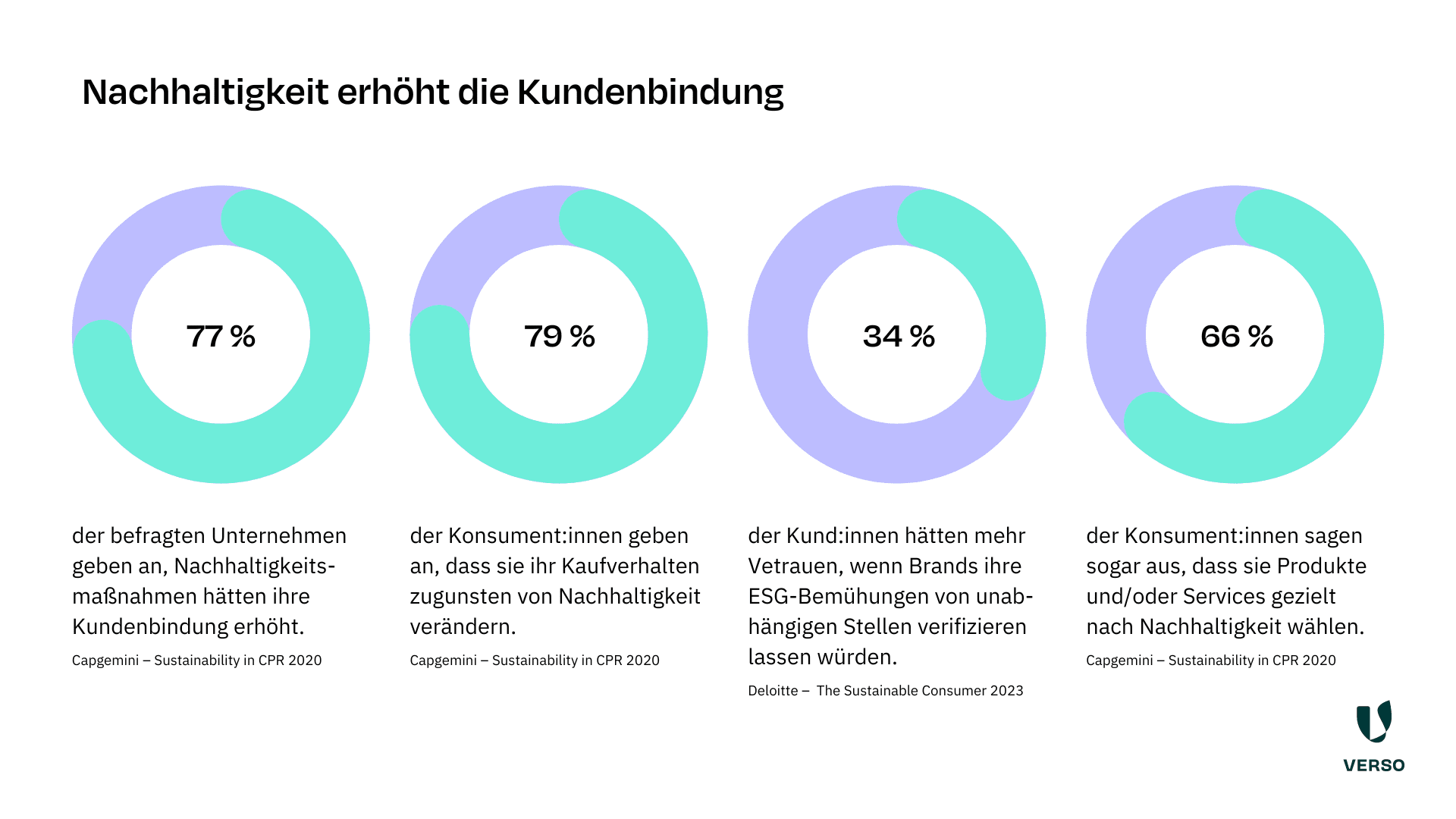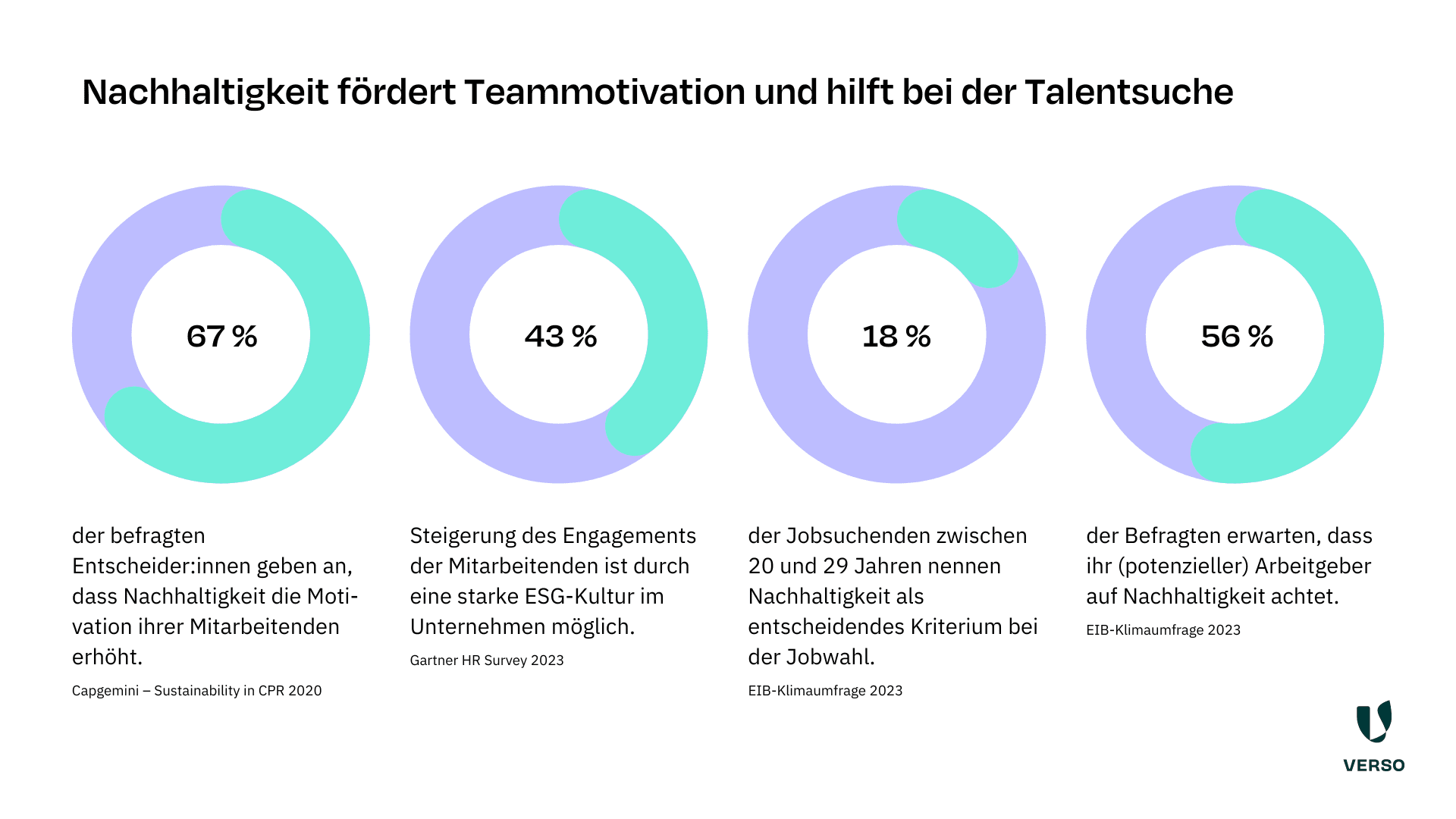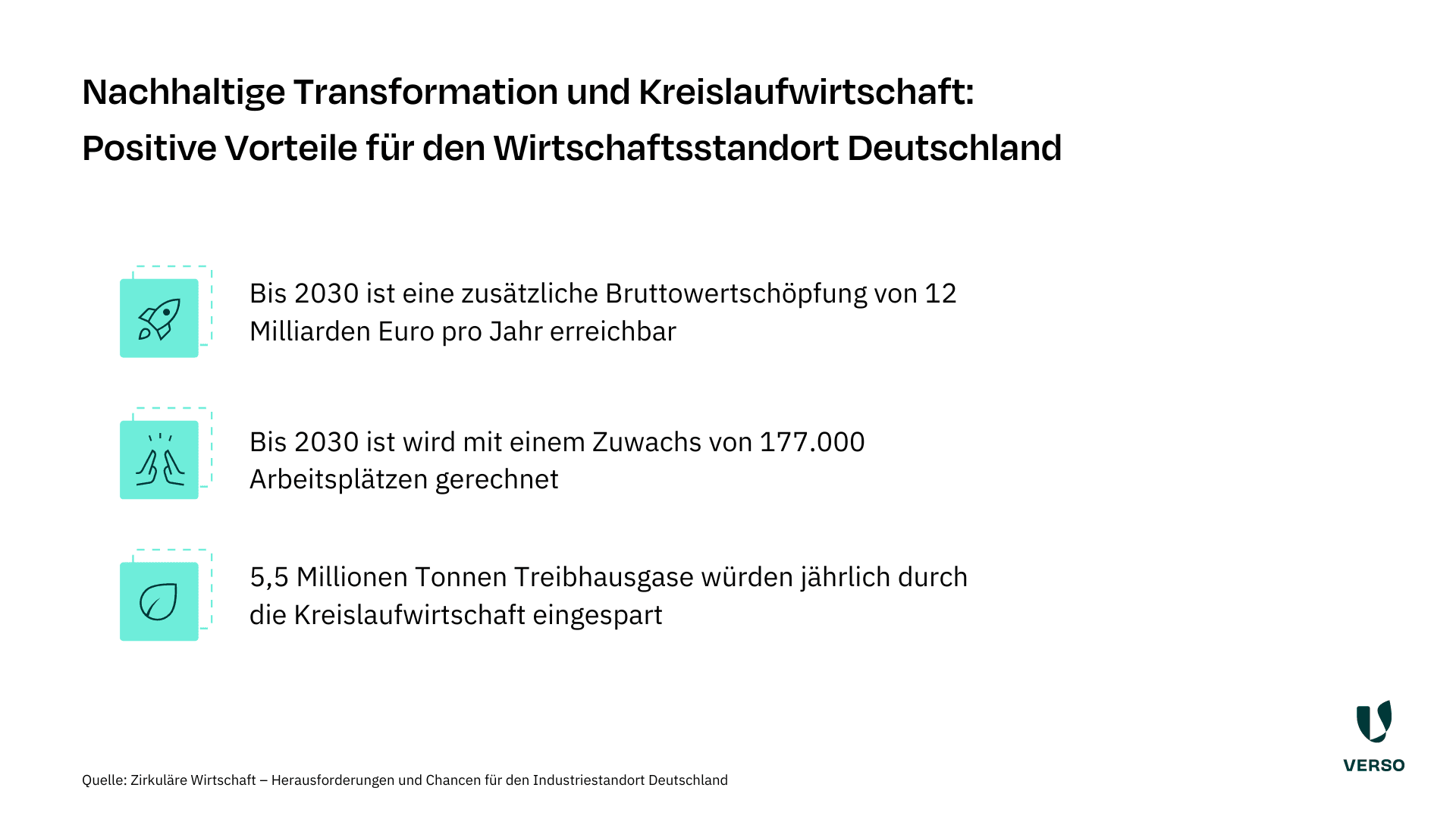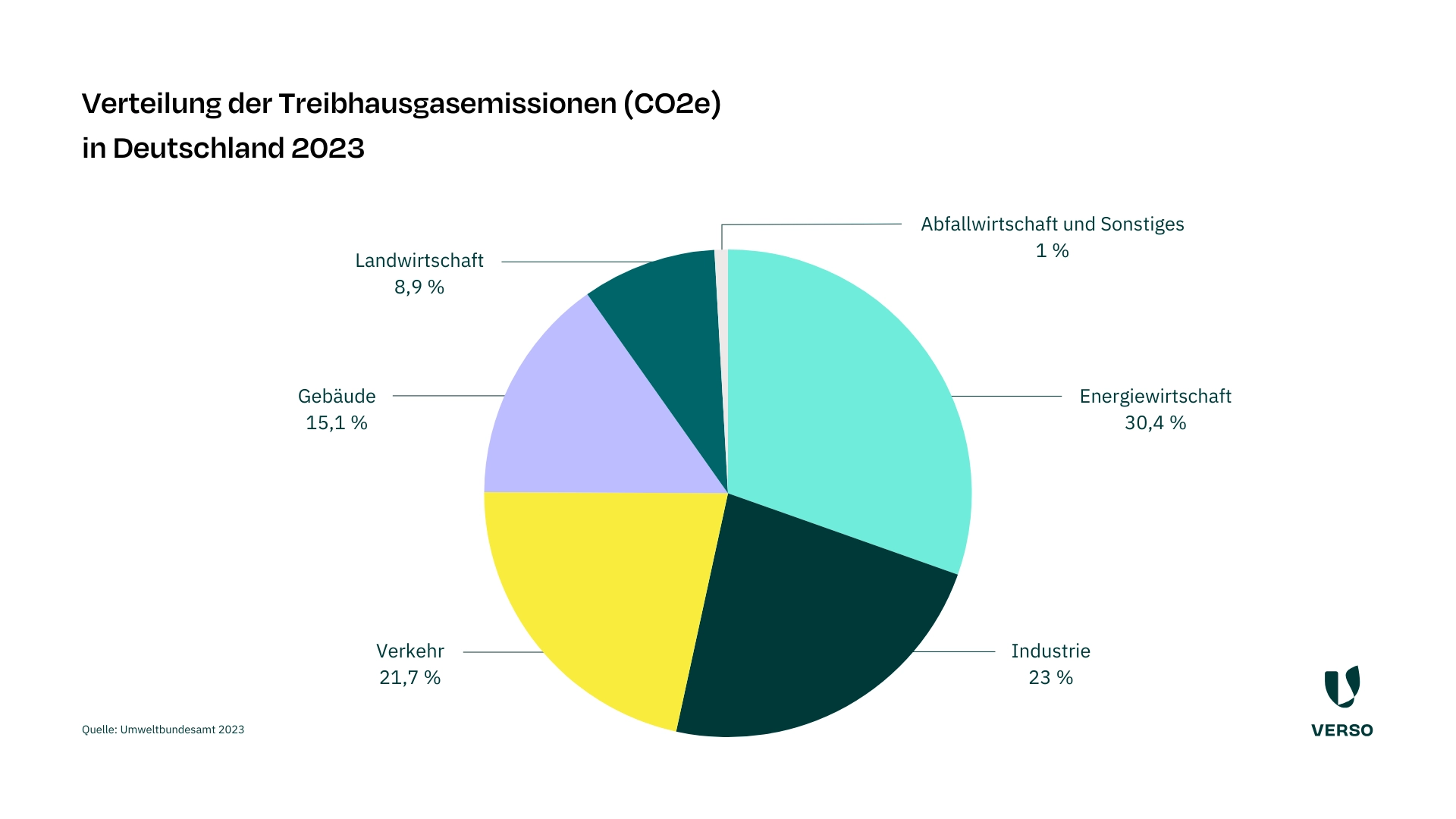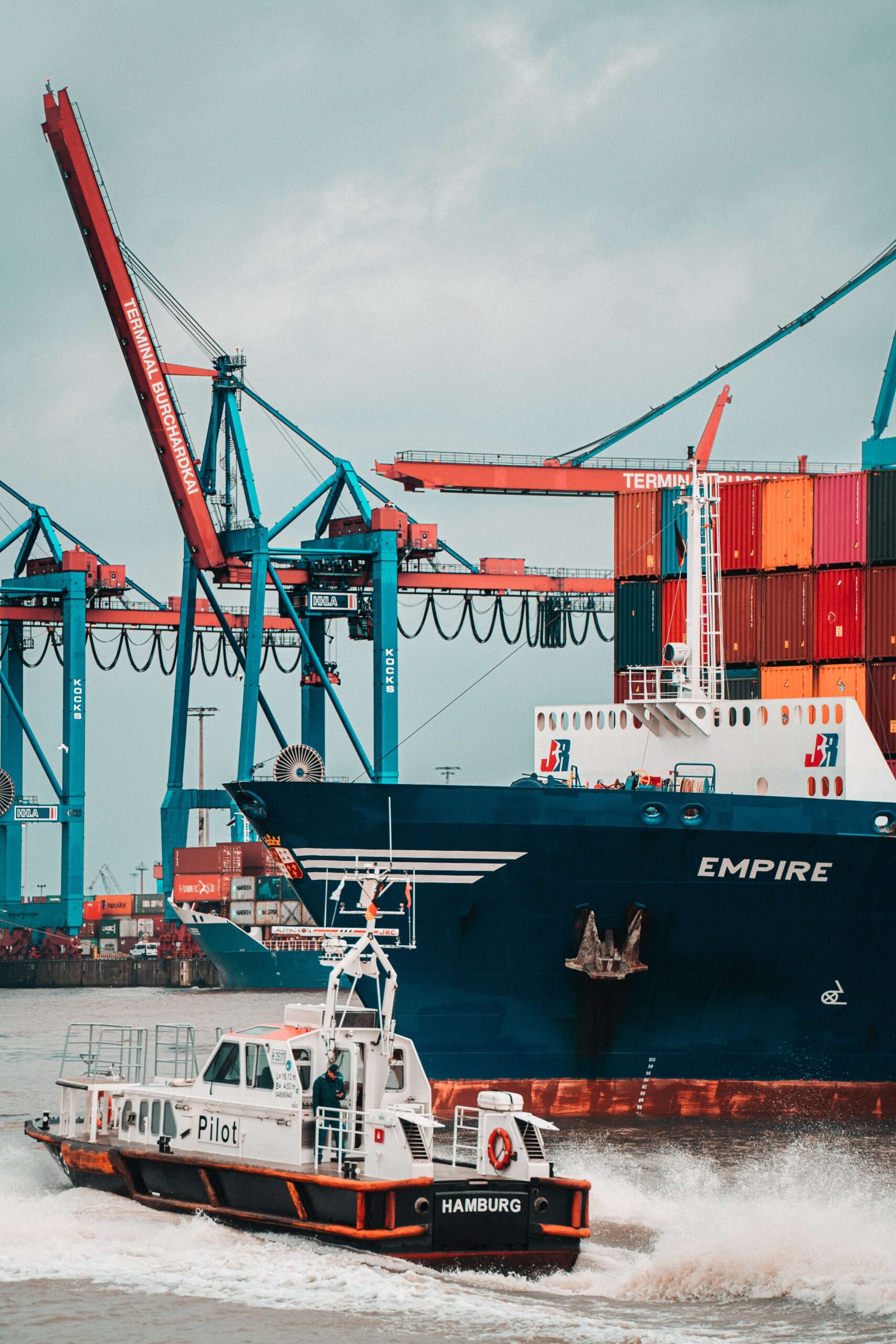
Trend job sustainability manager: Skills, tasks and further training
Let’s take a closer look at this up-and-coming professional group. What are the tasks of sustainability managers, what training and further education is available and what does their day-to-day work look like?
What distinguishes sustainability managers?
Sustainability managers, also known as CSR managers, sustainability managers or ESG managers, are usually passionately committed to the topic of sustainability and have set themselves higher goals: a fairer world, environmental and climate protection. They exemplify sustainability and motivate their colleagues for ecological and social issues. At the same time, sustainability managers are confronted with the comprehensive ESG regulations. They act as business strategists and cross-functional interfaces within the company to guide it through the sustainable transformation.
Why are sustainability managers important?
In over 14 years of experience in sustainability management, we at VERSO have learned that the sustainable transformation of a company can only be achieved through an effective strategy and clear responsibilities. Why? Sustainability affects all areas of the company. That’s why someone is needed to bring it all together. Sustainability managers take on this interface function. They analyze business processes, implement sustainable business practices and aspects such as environmental protection, employee and human rights. They help medium-sized companies in particular to differentiate themselves massively from the competition. And for some years now, they have also been ensuring ESG compliance in companies. What does that mean? Sustainability managers are responsible for compliance with the CSRD and are also involved in other regulations such as EUDR, CBAM, CSDDD and LkSG, at least in a supportive capacity. They are also responsible for preparing a sustainability report, including data collection – which many companies now do in accordance with the complex CSRD. They are therefore jointly responsible for the future viability of companies – both from a sustainability and a business perspective.
How is the profession changing?
Sustainability managers often have to deliver a one-man or one-woman show. This is now slowly changing: with the well-known regulations CSRD, EUDR, CSDDD, CBAM and many other ESG-related tasks, it is becoming increasingly important for companies to build a strong sustainability team: A team that is fully committed to minimizing the company’s negative impact as far as possible, implementing sustainability campaigns and positioning the company for long-term sustainability. This is the only way for companies to survive in the long term. And not just survive: Those who take sustainability seriously can also generate real business value from it – more on this in our blog post on the opportunities of CSRD. The new and complex ESG requirements have also changed the scope of tasks and the skills required of sustainability managers. In the past it was still very much about internal communication, driving ideas for more sustainability and writing reports as a means of communication. Nowadays, ESG managers often find themselves dealing with complicated legal texts, compliance requirements and time consuming data collection. To ensure that there is still time left to implement sustainability measures, it is worth investing in ESG software such as VERSO. In any case, sustainability managers are now required to have a very broad set of hard and soft skills.
What skills do sustainability managers need?
First of all, the so-called “hard skills” – i.e. technical skills or professional competencies that can be learned and are in demand. Below is a selection of some of the skills that are becoming particularly important in view of ESG regulation:
- Knowledge of sustainability reporting (e.g. CSRD, GRI, ESRS)
- Understanding of regulations/legislative texts (e.g. LkSG, CSDDD, EUDR)
- Data analysis and management (e.g. for measuring CO2 emissions, energy consumption)
- Understanding of value creation and economic activity
- Project management (planning, implementation and monitoring of sustainability projects)
- Supply chain management (assessment of environmental impact, supplier selection)
- Fundamentals of environmental science, sustainability concepts and ecological footprinting
Hard skills can be learned well, and further training courses such as the VERSO Academy can also provide support here. Software is also a big help for skills such as data collection, carbon footprint and supply chain management. In addition to these skills that can be learned, sustainability managers also need special interpersonal skills, the so-called “soft skills”. Among other things, these skills help to effectively implement sustainability in companies:
- Empathy and social responsibility (understanding social and ethical implications)
- Communication skills (convincing communication with internal and external stakeholders)
- Change management (leading companies through sustainable transformation)
- Problem-solving and decision-making skills (solving complex challenges)
- Negotiation skills (negotiating with suppliers, partners or superiors)
- Ability to work in a team and leadership skills (management of teams, cooperation across departments)
- Critical and strategic thinking (developing long-term sustainability strategies)
- Flexibility and willingness to learn (react to changing regulations, findings and market requirements)
What are the tasks of sustainability managers?
Sustainability managers do not have a fixed working routine. They usually juggle between data collection, coordination and writing for the ESG report and the creative and strategic development of sustainability measures. The tasks of ESG managers include:
- Developing a sustainability strategy
- Collecting sustainability-relevant data (especially for the CSRD report)
- Defining and implementing targets and measures, monitoring target achievement using key figures
- Obtain expectations and input from internal and external stakeholders
- Check supply chains
- Create a sustainability report
- Communicate sustainability issues internally and externally (especially with marketing and management level)
- Prevent Greenwashing
- Advising all business divisions on sustainability
- Setting an example of sustainability as well as training employees and motivating them to follow suit
How much do sustainability managers earn?
According to statistics from the German Federal Employment Agency, the salary of sustainability managers lies between €5,000 and €7,100. The average full-time gross monthly salary in Germany is €6,628. However, the salary can vary greatly – it depends in particular on the size of the company, but also on the individual’s professional experience as well as the federal state they work in. Accelerating the sustainable transformation within a company therefore does not necessarily mean having to settle for a lower salary – quite the opposite: the trend is set to intensify, as demand is extremely high while the supply of qualified sustainability experts is scarce.
How do you become a sustainability manager – what training is required?
To become a sustainability manager, you usually need a degree in a field such as sustainability management, environmental sciences or business administration with a focus on CSR. However, lateral entry is also very possible. Many ESG managers also come from the communications industry or another specialist department. With further training in sustainability management, they can often join a company’s sustainability team directly.
What further training is important for sustainability managers?
With the new regulations and developments in the ESG area, it is particularly important for sustainability managers to continue educating themselves. Otherwise, topics such as CSRD, EU taxonomy or LkSG will quickly become too much for you. It is well worth your time to attend webinars and complete in-depth further training in the specific subject areas.
This might also interest you:
Subscribe to our newsletter!
Sign up and receive regular news about:
- Current ESG topics and legislative changes
- Best practices in the areas of ESG and sustainable supply chains
- News about VERSO
- Sustainability events and much more.


